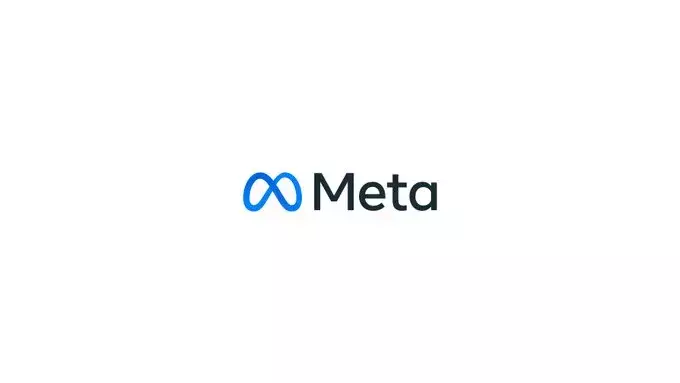Meta, the company formerly known as Facebook, is taking decisive steps to redefine how advertisements are delivered on its platform. The introduction of a new feature called “Flexible Media” represents a significant shift in the world of digital advertising. This initiative aims to optimize ad performance through a more dynamic and personalized approach to ad delivery. Essentially, Meta is enhancing its advertising capabilities by empowering its algorithms to determine the most effective creative assets and placements for various user segments.
In an era where users are bombarded with content, standing out has become increasingly challenging for advertisers. Traditional advertising methods often fail to capture the attention of diverse audiences since they typically rely on uniform creative assets. Meta recognizes this dilemma and seeks to leverage its advanced predictive analytics to improve the relevance of ads shown to users. “Flexible Media” is a vital component of this strategy, allowing advertisers to offer a broader array of creative options and enabling the algorithm to optimize ad performance based on user engagement metrics.
The new feature is not merely an incremental upgrade but represents a deeper understanding of consumer behavior and preferences. By analyzing a user’s past interactions with ads, Meta can customize which creative elements are displayed, ultimately fostering a more engaging experience.
The introduction of Flexible Media must be understood within the larger context of Meta’s existing advertising tools. One factor often confused with this new feature is “Flexible Ads.” While both tools aim to automate aspects of ad delivery, they serve different purposes. Flexible Ads allow advertisers to upload multiple images, subsequently letting Meta’s algorithms decide which images to present to individual users. On the other hand, Flexible Media expands upon this concept, broadening the range of creative options available for various ad placements.
With this in mind, Flexible Media enables advertisers to dictate different images for different placement groups. It’s a nuanced evolution in Meta’s advertising ecosystem that suggests a greater shift towards sophisticated algorithms that take the guesswork out of ad placements.
One of the most notable implications of Flexible Media is the increasing trend toward automation in advertising. Essentially, Meta’s goal is to simplify the ad creation and delivery process significantly. Future scenarios may allow advertisers to simply input their marketing URLs, after which the system autonomously manages the entire ad campaign. This level of automation raises doubts for many marketers who may feel they are losing control over their campaigns. Nonetheless, it further intensifies the importance of relying on data-driven insights.
Meta’s advancements in artificial intelligence play a crucial role in mitigating these concerns. Its algorithms have been designed to analyze vast amounts of data in real time, measuring user responses and engagement levels effectively. By entrusting the advertising process to this AI, marketers have the potential to reach a more relevant and responsive audience, potentially yielding better results than manual targeting methods.
Despite the benefits of automated ad delivery, marketers are bound to grapple with issues of control versus efficiency. The feeling of surrendering creative control to an algorithm can be unsettling, particularly for brands that pride themselves on their strategic ad placements. Yet, there lies a compelling argument for experimentation. As Meta’s systems harness data to target users more effectively than traditional methods, the invitation to explore this new realm of advertising presents itself.
The dilemma may evoke feelings of helplessness among advertisers, but striking a balance is crucial. Testing the waters with Meta’s automated tools could yield powerful insights into audience behavior that may have been overlooked in manual campaigns.
Meta’s launch of Flexible Media marks a pivotal moment in the evolution of digital advertising. It encapsulates a significant movement towards personalization and automation, designed to enhance ad effectiveness amidst an ever-competitive digital landscape. While the concerns surrounding control are valid, the benefits of leveraging Meta’s advanced algorithm to reach responsive audiences are compelling. As advertisers, the challenge lies in navigating these changes, adapting strategies accordingly, and embracing the future of advertising technologies. Ultimately, with the right balance between automated systems and human insight, brands can unlock new avenues for engagement and success.


Leave a Reply